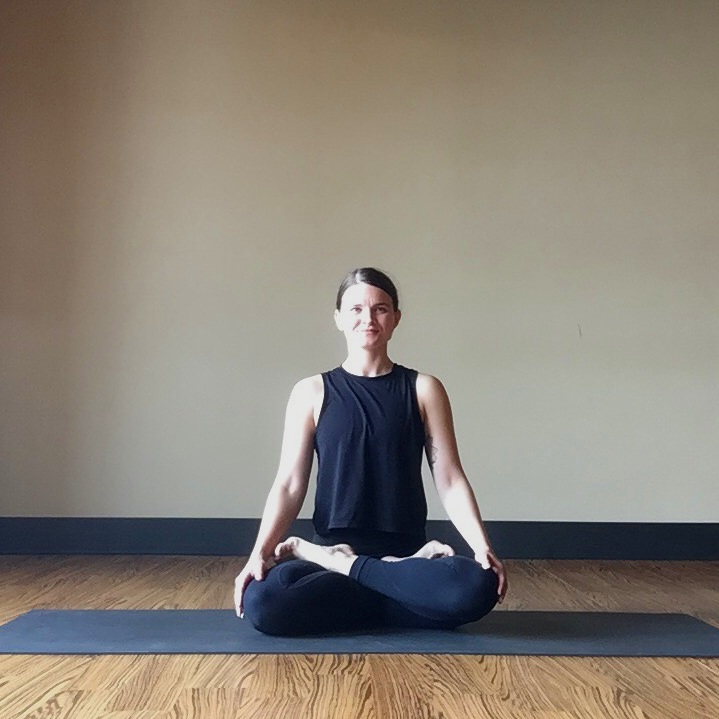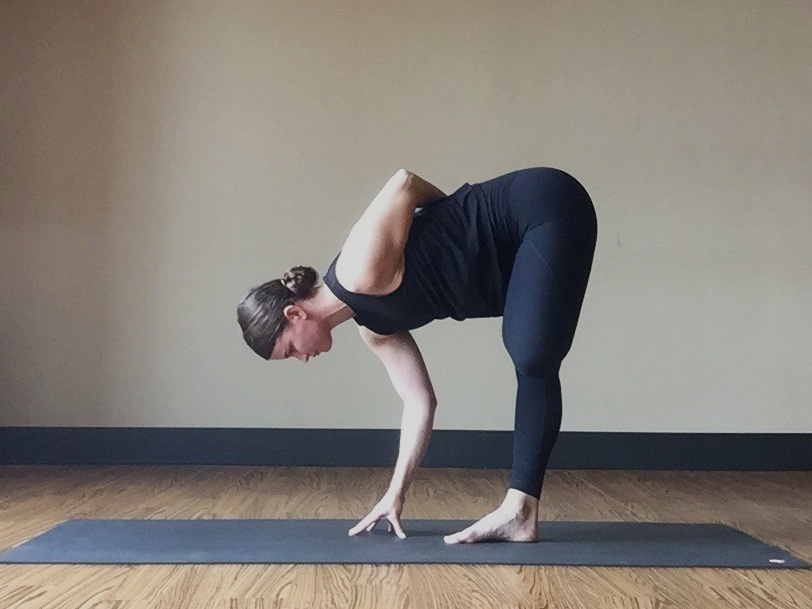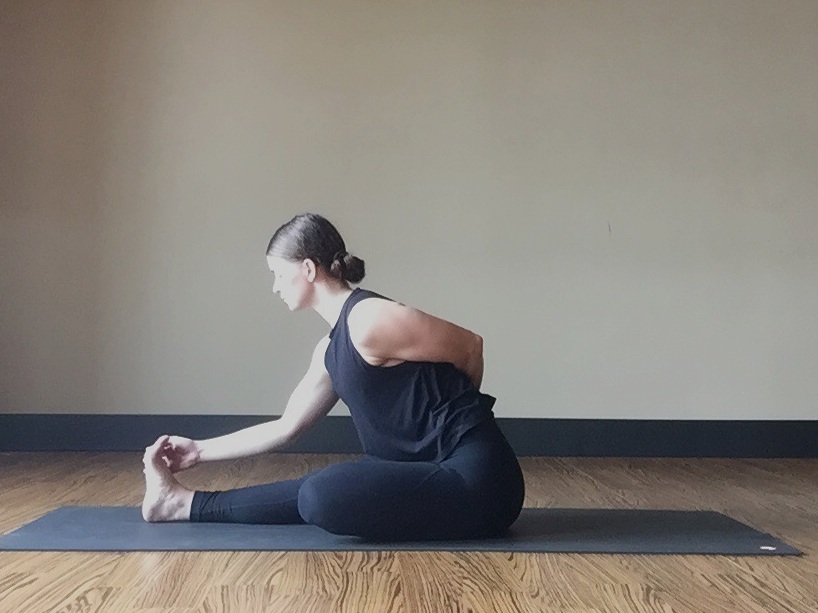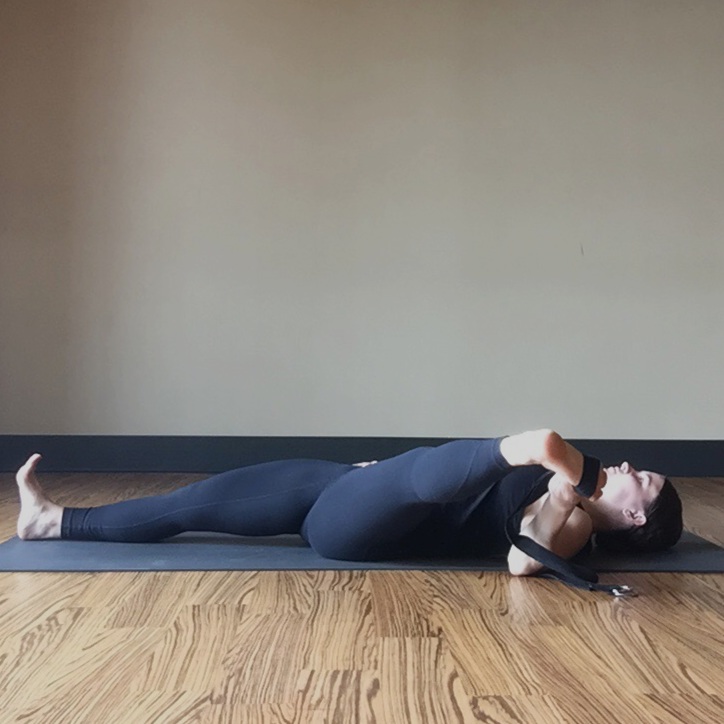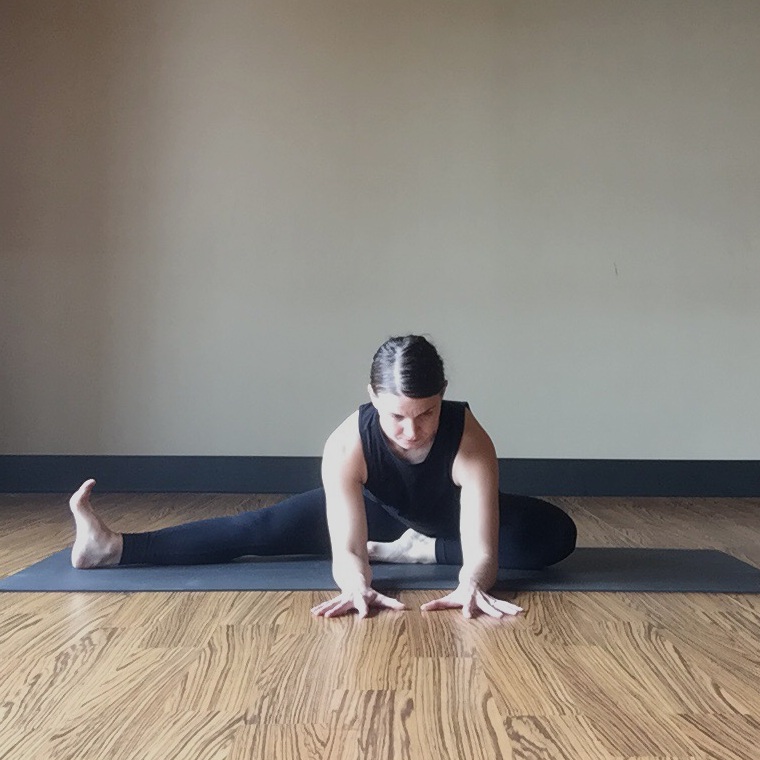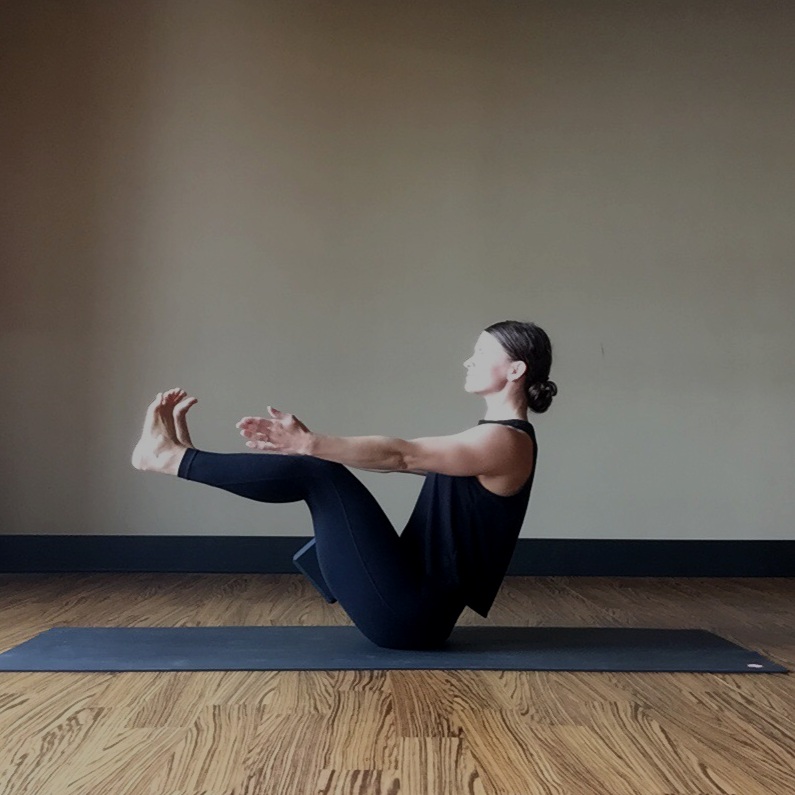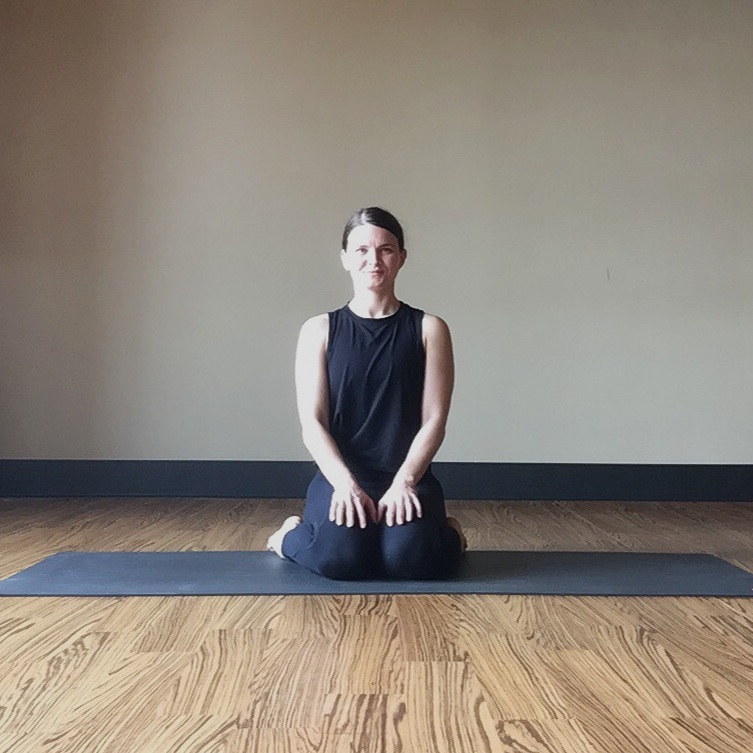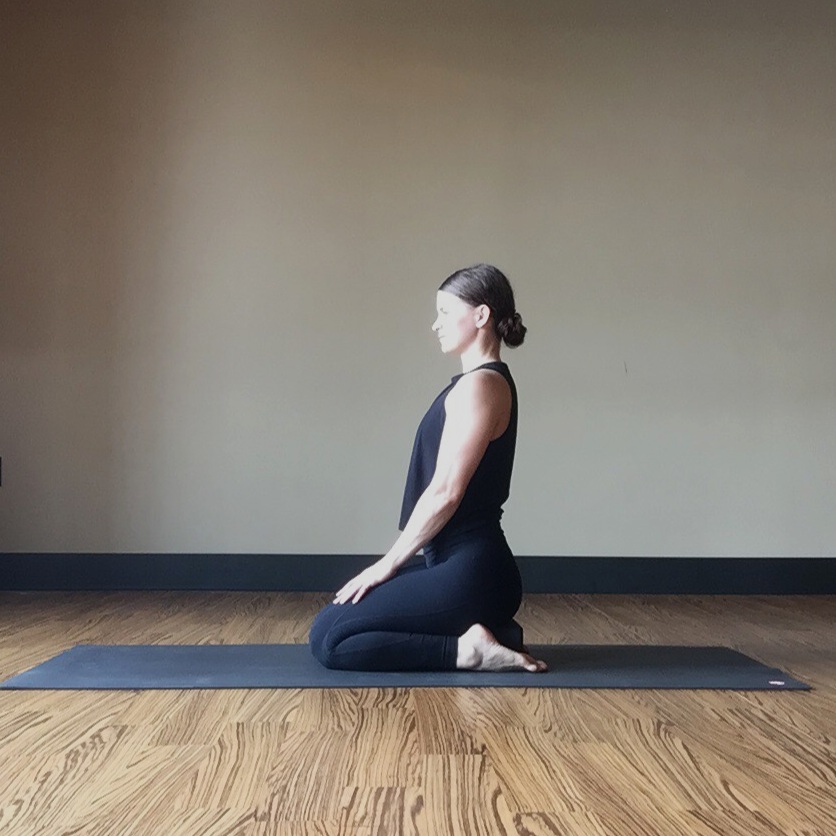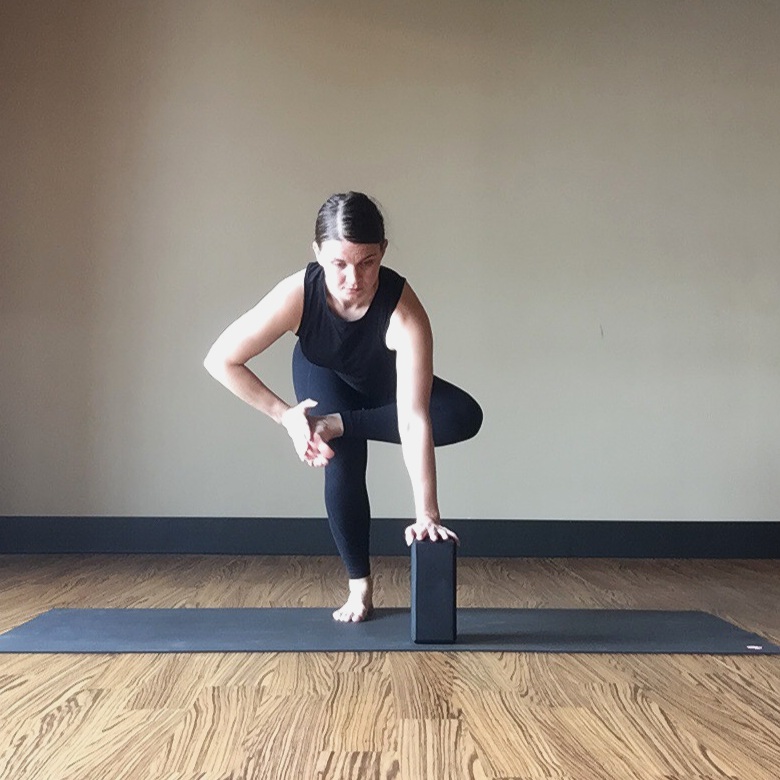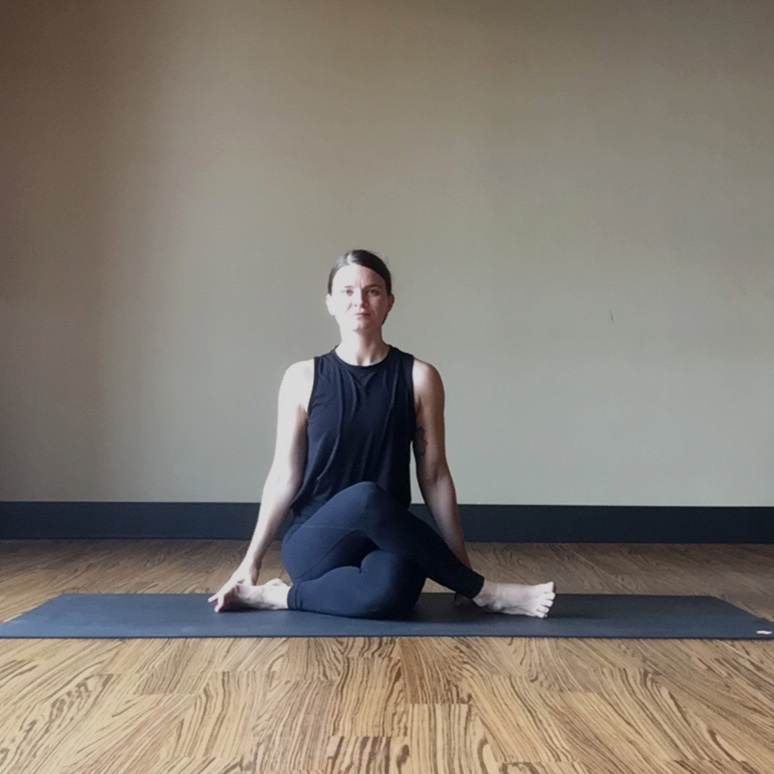Prepping for Padmasana
Often when people hear the word “yoga” they get an image of a human pretzel. Limbs intertwined with no discernment for how the body actually got into the shape. Padmasana - Lotus Pose - is one of those postures. The pious Buddha sitting in the posture with a look of content. All yogis must strive for this state, right?
I don’t actually recall the first time I attempted Lotus, but I’m certain I cranked my legs into the shape to make it happen and didn’t think twice about my approach. There’s something to be said about just trying a posture, but luckily (most of us) get smarter with time and often find there’s a safer and more sustainable approach.
Interested in trying on Padmasana? First, and I don’t mean this to discourage anyone, Lotus isn’t a posture all bodies should be doing. It’s fairly demanding on the hips, ankles, and knees and not all bodies are ready for such a shape. Luckily there’s options and lots of ways to prep for the posture! Second, Padmasana doesn’t have to be a seated posture. Sure, it could be used as a seated meditation posture. But what I love about Padmasana is that there’s many postures that use a Half Lotus variation. The posture has lots of variations and adaptations. Below on the left you’ve got Ardha Baddha Padmottanasana and on the right Ardha Baddha Padma Paschimottanasana.
Prep Your Hips, Knees, and Ankles
Padmasana is a posture that asks your legs to work as a unit. The hips, knees, and ankles all have to be ready to go to support you in the shape. Below are some of my favorite preparatory postures to make the posture approachable and sustainable.
Inner Hips & Thighs
I have found that the inner thighs in Padmasana have to be open and ready to engage when setting up the shape.
There’s lots of ways to stretch your inner thighs, but my two favorites are Reclined Hand to Foot/Strap Pose B and what I like to call Totally Made Up Inner Thigh Stretch (it’s like a half version of Upavistha Konasana).
Don’t mind my overly sunlit face.
Along with being mobile, the inner thighs have to be ready to engage in Padmasana. The pretzel-like position of the legs has to stay active once you’re in the shape. I like to add in Boat Pose with a block between the thighs to active the inner thigh muscles. Squeeze that block! Not only does Boat with a block prep your inner thighs to engage, but it also engages your hip flexors. Those are also helpful, supportive players in Padmasana.
Knees & Ankles
For me, the trickiest part of Padmasana is the precarious position of the knees. Again, not all bodies are going to easily get into Lotus and that’s okay! Never force your body into a shape it just doesn’t want to get into. Listen to your knees and be honest with your experience.
The knees are in a tightly closed position in Padmasana so it can be helpful to work postures that put the knees in a similar shape. I like to take Virasana - Hero Pose - to get the knees prepared. Similar to Boat Pose with a block, squeeze your thighs toward the midline to engage your inner thighs.
The great thing about about this posture is that it also can prepare your ankles for the entrance into Padmasana. When in Virasana actively press the tops of your feet down to help lengthen the tops of your feet and ankles.
If you’re unable to enter Virasana with your seat all the way down on your mat, consider sitting on a block. Depending on the day, the support of a block is the only way I can enter the posture.
Outer Hips & Thighs
Padmasana is a posture full of opposition. The inner hips and thighs have to be mobile and active, and the outer hips and thighs have to be ready to do the same. There’s endless ways to open the outer hips, these are just two of my favorites that pair well with Padmasana.
First, Standing Ankle to Thigh Pose. Of course you can explore this shape from a seated or reclined position, but I like the standing version for the the option to press your opposite palm into the sole of your lifted foot. This action helps increase the stretch in the outer hips, plus it creates activation in the muscles around the hips.
Second, Gomukhasana - Cow Face Pose. I don’t actually enjoy this posture, however, it is has a similar set up to Padmasana which makes it a helpful preparatory posture. If this posture doesn’t come easily for you, consider elevating your pelvis on a block. Once you’re in the shape, just like in Boat Pose with a block, squeeze your inner thighs together.
So now you’ve prepped all parts of your legs for the posture, but how the heck do you get into the thing? The details really lie in how you enter the shape. Cranking your feet into your hip creases probably isn’t the best approach. It’s important that you take it step by step and be patient with the process. Remember to pay close attention to how your knees react and consider pausing when it’s best to do so.
How to Enter Padmasana
Ardha Padmasana
Above all else, just be mindful that Padmasana is simply a shape. It has no more or less value than any other posture. The half version, Ardha Padmasana, is an excellent alternative! Consider trying the half version on both sides for a while before committing the “full” version.
